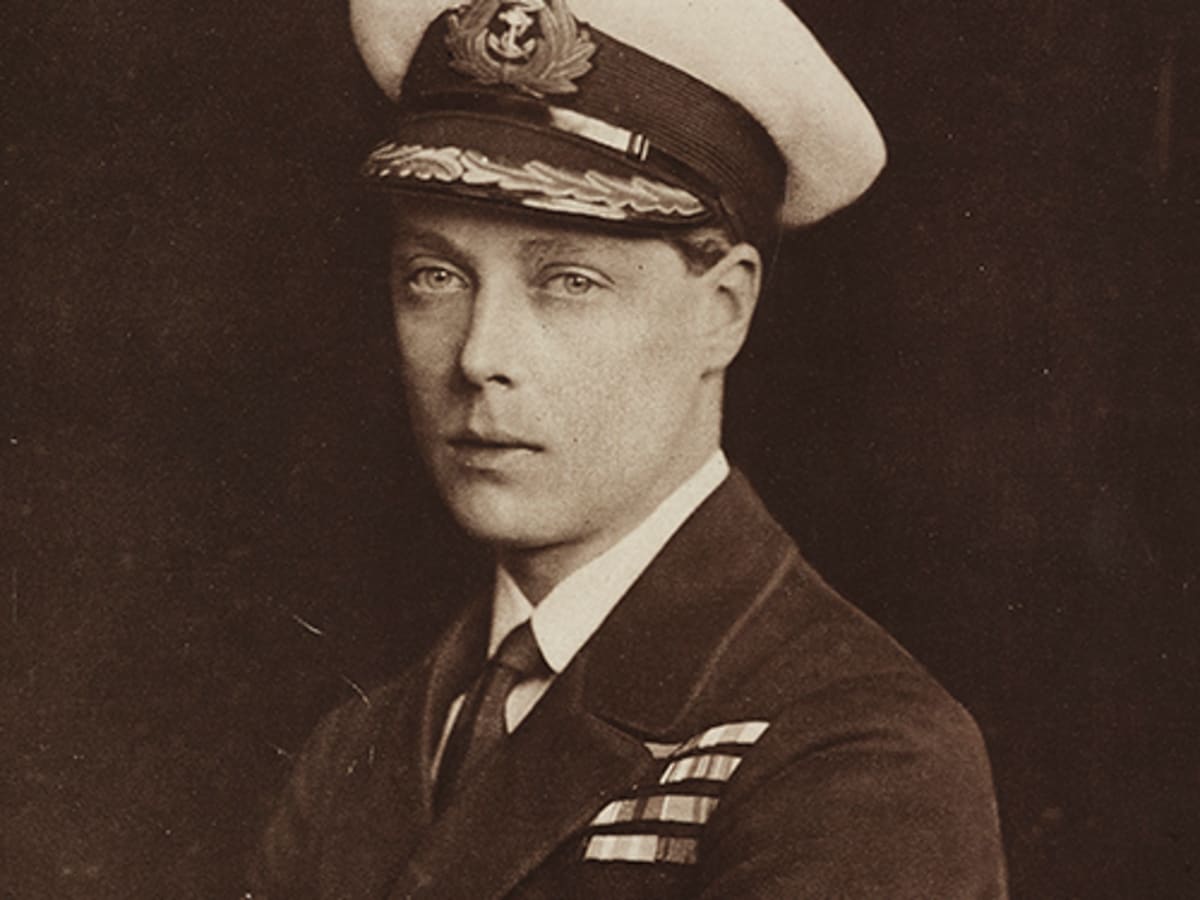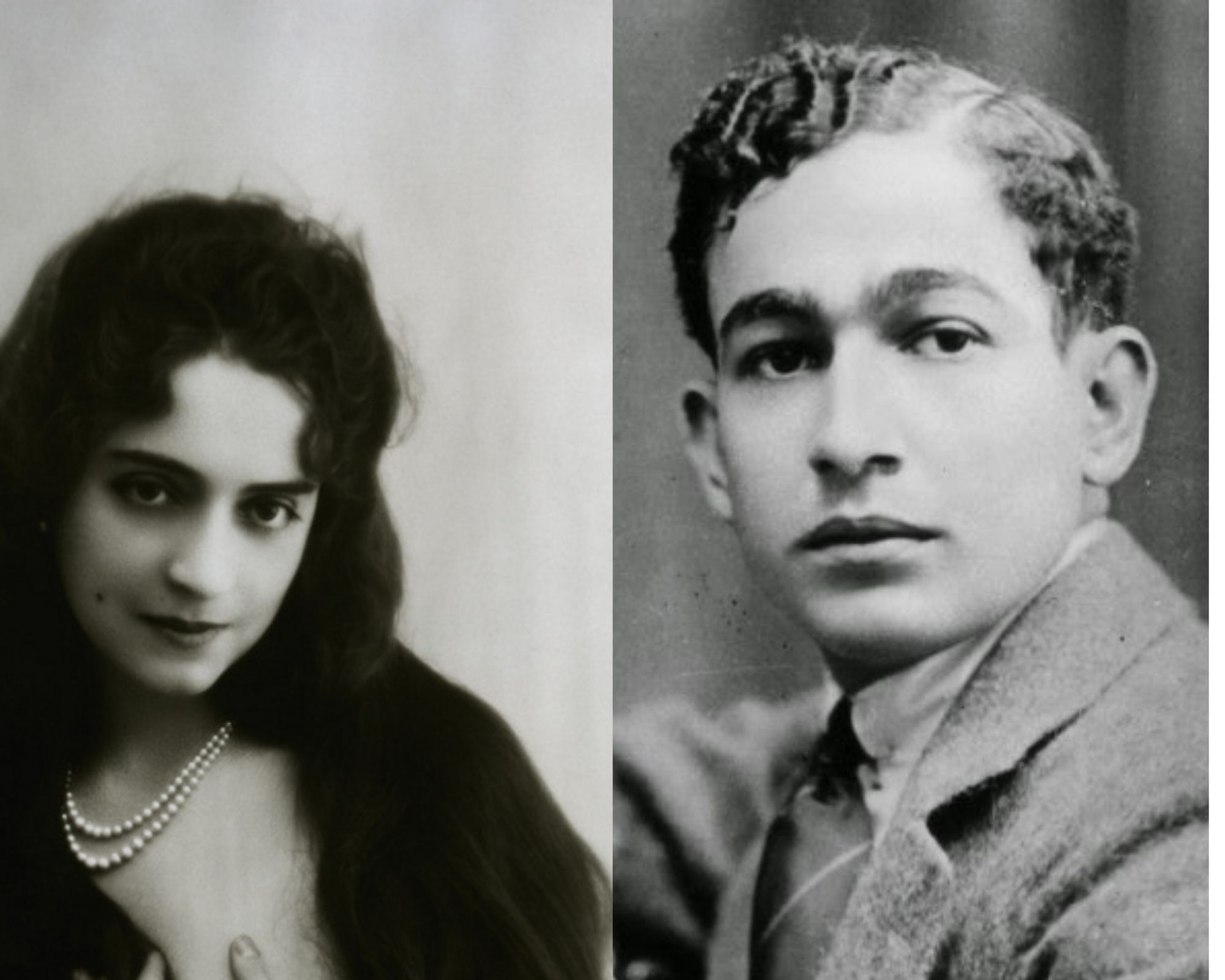It was almost midnight on 10 July, 1923 when the sound of three gunshots echoed through London’s Savoy Hotel. It wasn’t long after, that Madame ‘Princess’ Marguerite Fahmy found herself on trial for the murder of her husband, Prince Ali Fahmy Bey. A thunderstorm broke over London that night, and even thunder couldn’t silence her wrathful shrieks.
The night porter, who had heard commotion and tragedy, found her with a pistol in hand and a body at her feet.

Born Marguerite Alibert to a humble Parisian family, Alibert’s roots did not bear aristocracy and wealth. Her father, Firmin Alibert, was a coach driver and her mother Marie Aurand, was a housekeeper. However, the meek French girl was of great beauty, and that beauty was her ticket away from the world she was raised in. Before her rise to esteemed classes, Alibert turned to sex work and became a member of the Paris demi-monde.

In 1907, she fell in love with a wealthy wine merchant, Andre Meller, who was already married. An affair doomed to fail from the start, Alibert met Edward, Prince of Wales and heir to the British throne 10 years later. They were in love for a year, and the Prince wrote her a series of highly vulnerable letters giving his candid opinions on military matters and about his own family. Eventually, he turned his attention to other women, including Freda Dudley Ward, and abandoned Alibert.


Bitter and hurt, Alibert knew that the letters she possessed could jeopardize the royal family, and demanded they buy her silence.
In 1922, she was in Egypt, where she met Ali Kamel Fahmy Bey, a wealthy Egyptian man 10 years her junior. After converting to Islam, she married him in Cairo in December 1922. But what was once a five-year romance that united the French social climber and the Egyptian heir soon unfolded into a tragic murder story.
According to historian Andrew Rose, author of The Prince, the Princess and the Perfect Murder, the marriage was a disaster, andfilled with domestic abuse from both ends;the couple was given the nickname ‘the fighting Fahmys.’
On the 1st of July in 1923, the couple took up residence in London’s Savoy Hotel, in an exclusive suit on the fourth floor.
And, one day, in the midst of a confrontation, Marguerite shot her husband dead. He was killed with a .32 semi-automatic Browning pistol, loaded with six bullets.
When the night porter found him, he had bullets in the back and one bullet in the head, and it wasn’t long after police arrived that her identity was revealed.
The murder, however, wouldn’t have consequences on Marguerite alone, but also on the British Royal Family because of the letters that Marguerite left in Cairo. As Rose puts it, “smart plotters do not leave a paper trail. Finding out what has been carefully concealed by clever people is challenging.”
It is believed that the course of justice in Marguerite’s trial was perverted; the deal was to have a ‘show trial’ that would find her as innocent in return for handing over the letters. But that wasn’t Marguerite’s only ticket out of prison, English barrister Sir Edward Marshall Hall, who defended Marguerite in trial, acquitted her on grounds of self-defense from the ‘brutality and beastliness’ of her ‘xenophobic’ husband.
Hall played on the public’s prejudice, and Marguerite was presented as a poor French woman who was cruelly treated by her Egyptian husband. Marguerite walked free, and lived in Paris until she died on the 2nd of January 1971, at the age of 80.
Although the trial was over a century ago, it is a show of corruption and racism – where a woman got away with murder by using different predjudices to paint a victim as a villian.






Comments (0)